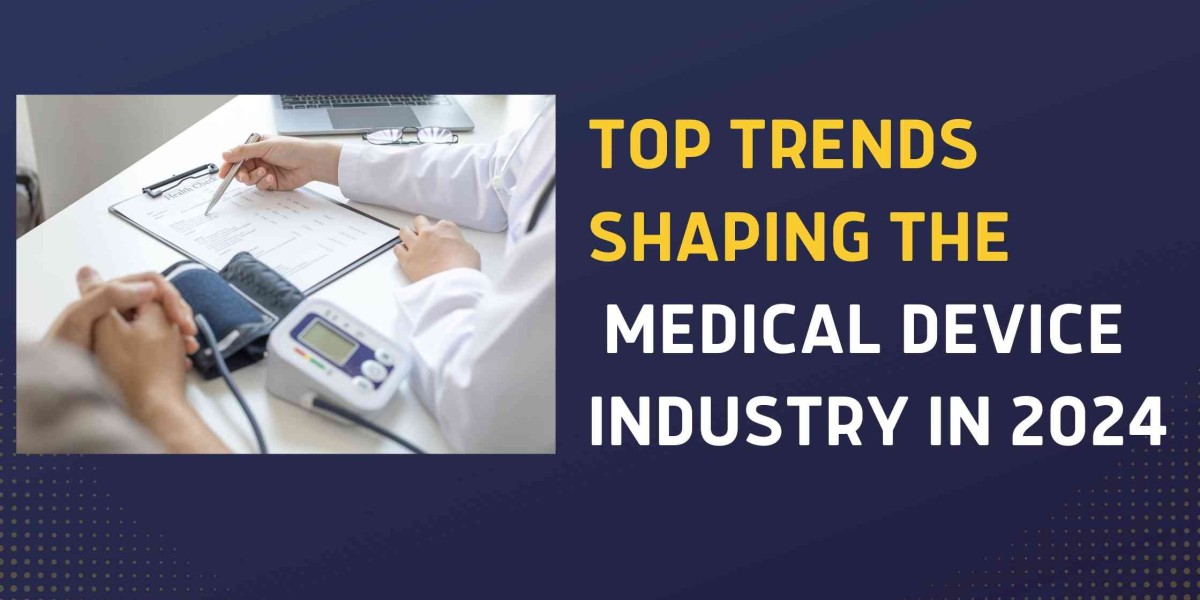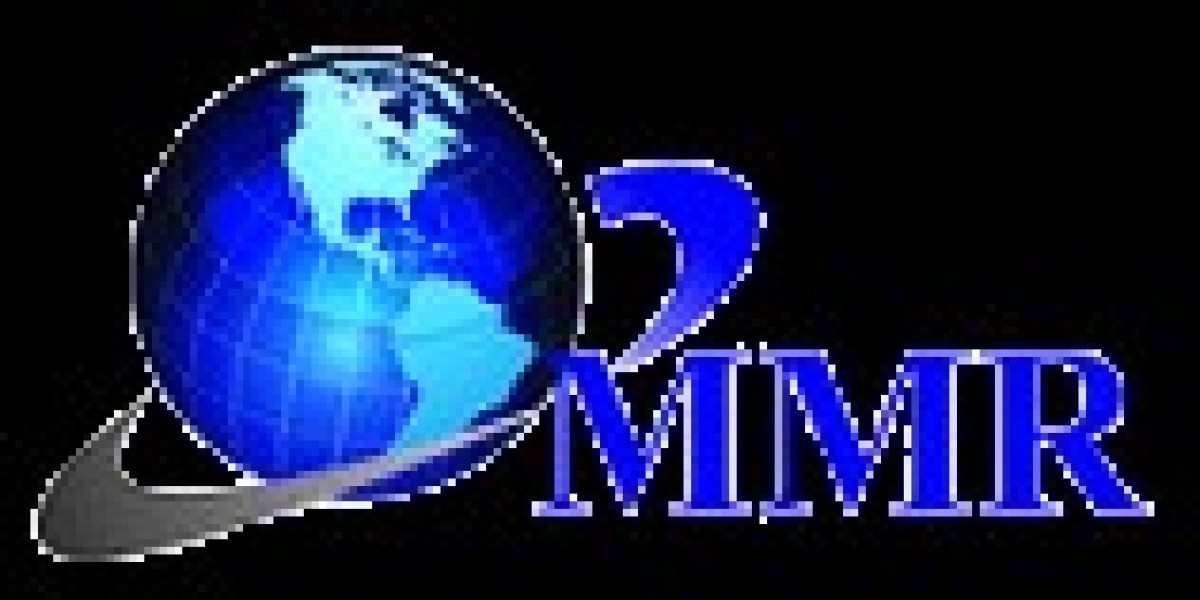The medical device industry is evolving rapidly, driven by technological advances, regulatory changes, and increasing demand for innovative healthcare solutions. As we move through 2024, several key trends are shaping the future of this industry. This blog will explore these trends in simple terms, making it easier for everyone to understand what’s happening in the world of medical devices.
1. Digital Health and Wearable Devices
One of the biggest trends in the medical device industry is the rise of digital health and wearable devices. These are gadgets that people can wear on their bodies, like smartwatches and fitness trackers, which monitor health data in real-time. Wearable devices can track heart rate, sleep patterns, activity levels, and even detect irregular heart rhythms. This information helps doctors make better decisions and allows patients to manage their health more effectively.
In addition, telemedicine—healthcare provided remotely via video calls—has grown rapidly. Devices that can measure vital signs at home and send data directly to healthcare providers are becoming more common. This trend is not only convenient but also essential in reaching people who live far from hospitals or have mobility issues.
2. Artificial Intelligence (AI) and Machine Learning
AI and machine learning are changing the way medical devices operate. AI algorithms can analyze vast amounts of data quickly, leading to more accurate diagnoses and personalized treatment plans. For example, AI can assist in interpreting medical images like X-rays and MRIs faster and more accurately than humans in some cases.
Machine learning, a type of AI, can help predict patient outcomes, optimize device performance, and even assist in the design of new medical devices. AI-powered chatbots are also being used to provide basic health advice and triage patients before they see a doctor.
3. 3D Printing of Medical Devices
3D printing technology is revolutionizing the production of medical devices. It allows for the creation of custom-made devices tailored specifically to a patient’s anatomy. This includes items like prosthetics, dental implants, and even complex structures like heart valves.
The main benefit of 3D printing is that it significantly reduces the time and cost of producing medical devices. It also enables rapid prototyping, which means new designs can be tested and modified quickly. This trend is making personalized medicine more accessible and affordable.
4. Internet of Medical Things (IoMT)
The Internet of Medical Things (IoMT) refers to the network of medical devices and applications that connect to healthcare IT systems through online computer networks. IoMT devices can include anything from wearable health monitors to smart pills that transmit data once ingested.
These connected devices collect valuable data that can help healthcare providers monitor patients in real-time, reduce errors, and improve overall care quality. For example, a smart insulin pump can automatically adjust the amount of insulin a diabetic patient needs based on their blood sugar levels, which it constantly monitors.
5. Regulatory Changes and Compliance: CDSCO Registration, Medical Device Registration, AYUSH License, and Drug License
As the medical device industry grows, so does the focus on regulation and compliance. Regulatory approvals such as CDSCO (Central Drugs Standard Control Organization) Registration, Medical Device Registration, AYUSH License, and Drug License are essential for manufacturing and selling medical devices in India. These registrations ensure that the devices meet safety and quality standards.
- CDSCO Registration: CDSCO registration in India is required for the approval and regulation of medical devices in India. It ensures that devices comply with the standards set by the regulatory body and are safe for use.
- Medical Device Registration: This process involves medical device registration in India with the relevant authorities to ensure they meet all regulatory standards. It is a crucial step for manufacturers to legally market their devices.
- AYUSH License: For devices related to traditional and alternative medicine, like Ayurvedic, Unani, Siddha, and Homoeopathy, an AYUSH License registration in India is necessary. This certification guarantees that the products meet the safety standards specific to traditional medical practices.
- Drug License: Essential for devices that fall under the pharmaceutical category, ensuring that they comply with the laws regarding the sale, storage, and distribution of Drugs license registration in India and medical devices.
Keeping up with these regulations can be challenging but is essential for patient safety and business credibility. Companies must stay updated with regulatory changes and ensure that their products comply with the latest standards.
6. Focus on Sustainability
Sustainability is becoming a key focus in the medical device industry. Companies are looking for ways to reduce their environmental footprint, from using eco-friendly materials to optimizing manufacturing processes. This trend is driven by both regulatory requirements and growing consumer demand for greener products.
Recycling and reusing medical devices, where safe and possible, is also gaining traction. For instance, some single-use devices are being redesigned to be sterilized and reused, which not only reduces waste but also lowers costs.
7. Advanced Robotics
Robotics is another area where the medical device industry is making significant strides. Surgical robots, for example, are being used in more procedures, allowing for minimally invasive surgeries with higher precision and quicker recovery times. Robots are also being used in rehabilitation, providing patients with physical therapy through guided exercises.
Robotic devices are becoming smarter and more autonomous, thanks to advancements in AI. This trend is making complex medical procedures safer and more accessible, benefiting both patients and healthcare providers.
8. Remote Patient Monitoring
Remote patient monitoring (RPM) involves using technology to observe patients outside traditional clinical settings, such as in their homes. This is especially important for managing chronic conditions like diabetes, heart disease, and respiratory illnesses.
RPM devices collect data such as blood pressure, glucose levels, and oxygen saturation, which can then be reviewed by healthcare providers. This trend helps in early detection of potential problems and reduces the need for frequent hospital visits, making healthcare more efficient and accessible.
9. Cybersecurity for Medical Devices
With the increase in connected medical devices, cybersecurity has become a critical concern. Medical devices often store and transmit sensitive health data, making them targets for cyberattacks. Ensuring the security of these devices is crucial to protect patient data and maintain trust in healthcare systems.
Manufacturers are now focusing on building robust cybersecurity measures into their devices, such as encryption and secure data transmission protocols. Regular software updates and security patches are also essential to keep devices safe from emerging threats.
10. Personalized and Precision Medicine
The trend toward personalized and precision medicine is influencing the development of medical devices. This approach tailors treatments to individual patients based on their genetic makeup, lifestyle, and environment. Medical devices are being developed to support this, such as those that can deliver targeted drug therapies or monitor specific biomarkers.
This trend is helping to make healthcare more effective, as treatments can be better matched to the needs of each patient, reducing side effects and improving outcomes.
Conclusion
The medical device industry is on the cusp of significant changes driven by technological advancements and evolving healthcare needs. From wearable devices and AI to 3D printing and IoMT, these trends are making healthcare more personalized, accessible, and efficient. As the industry continues to innovate, we can expect even more exciting developments that will shape the future of healthcare and improve patient outcomes around the world.
Staying updated with these trends, including regulatory requirements like CDSCO Registration, Medical Device Registration, AYUSH License, and Drug License, is essential for businesses and healthcare providers looking to make the most of the opportunities in the medical device industry.








